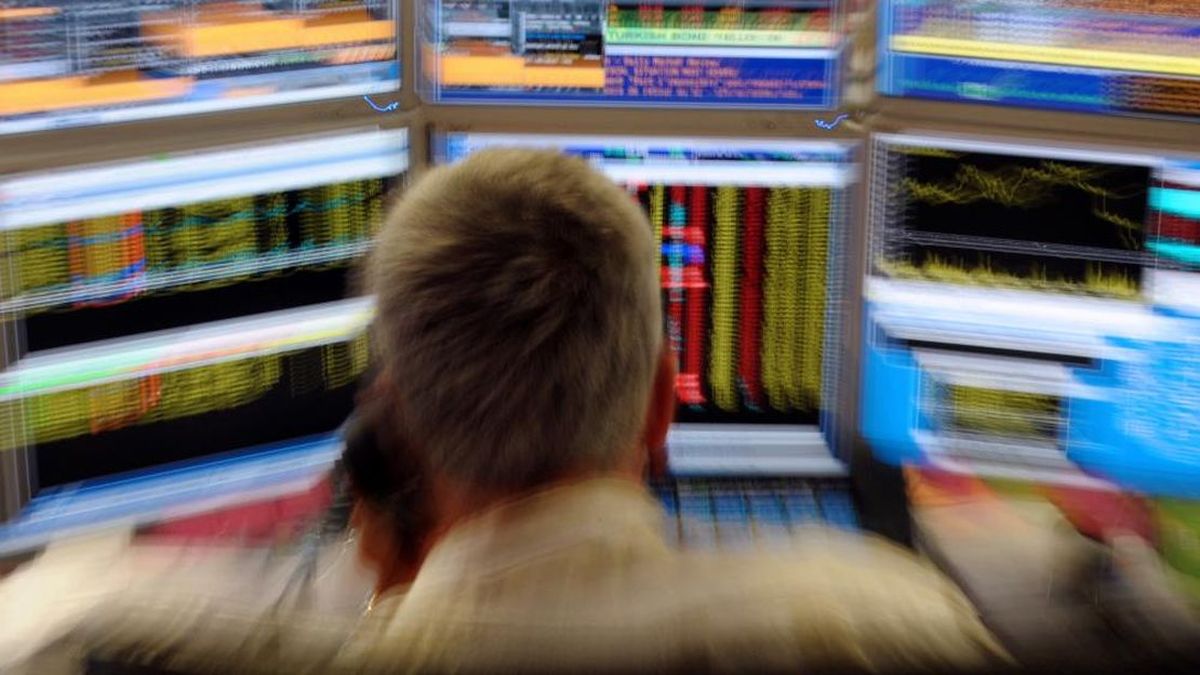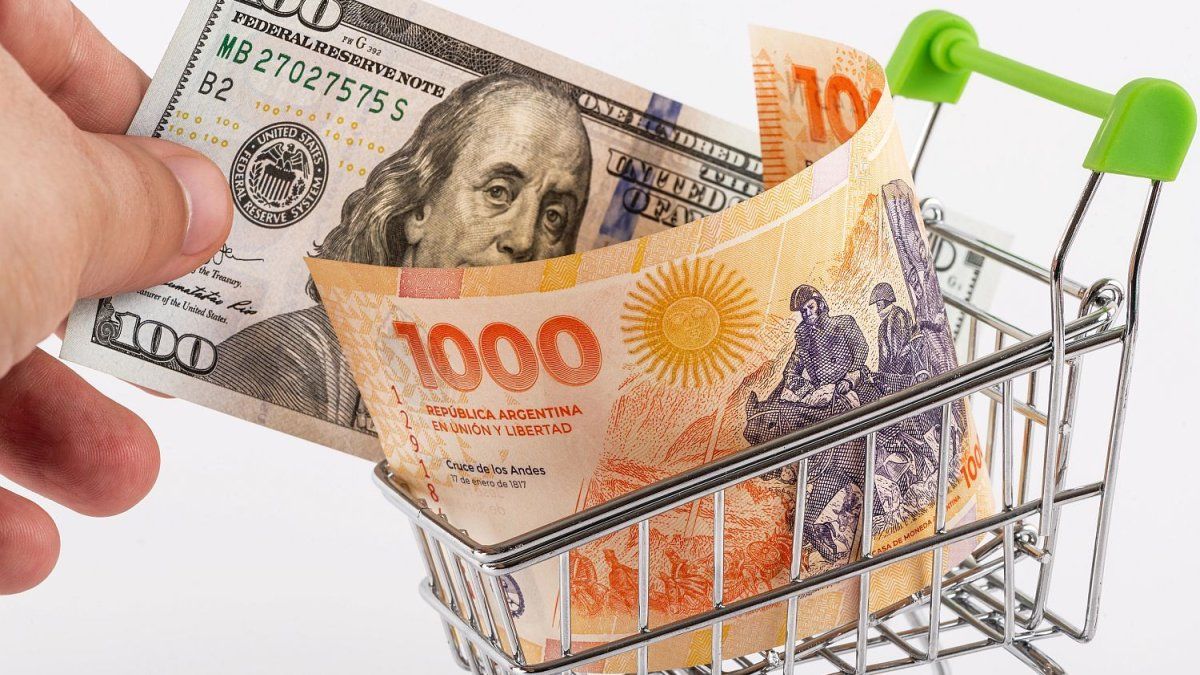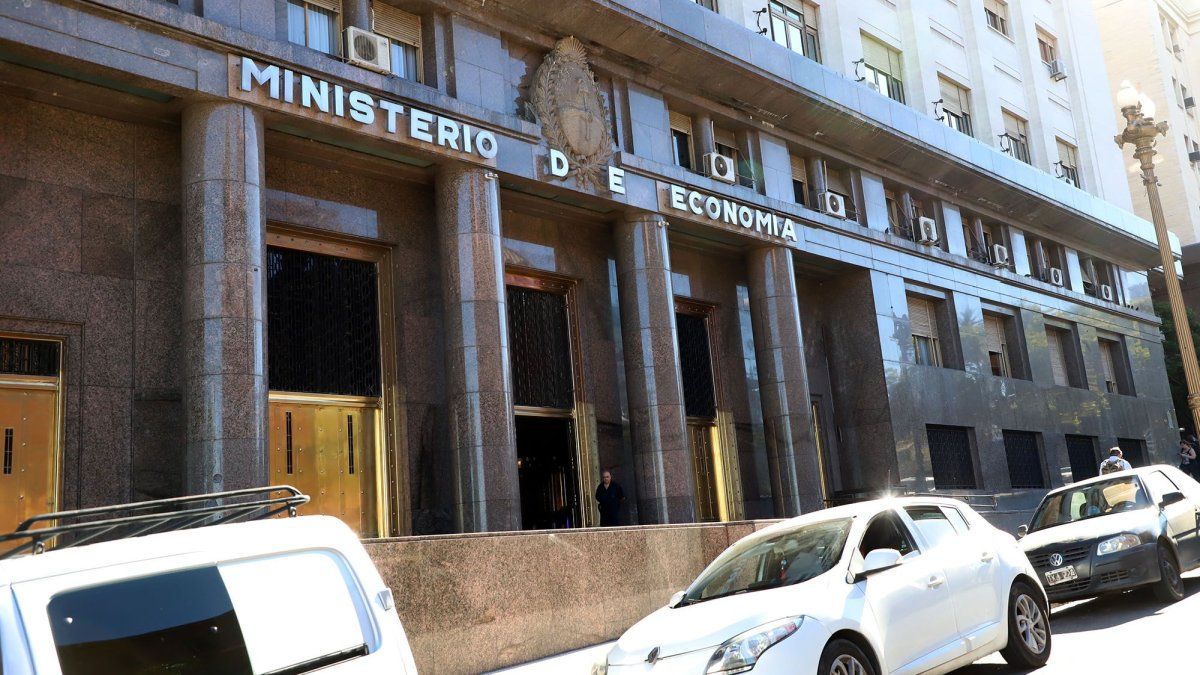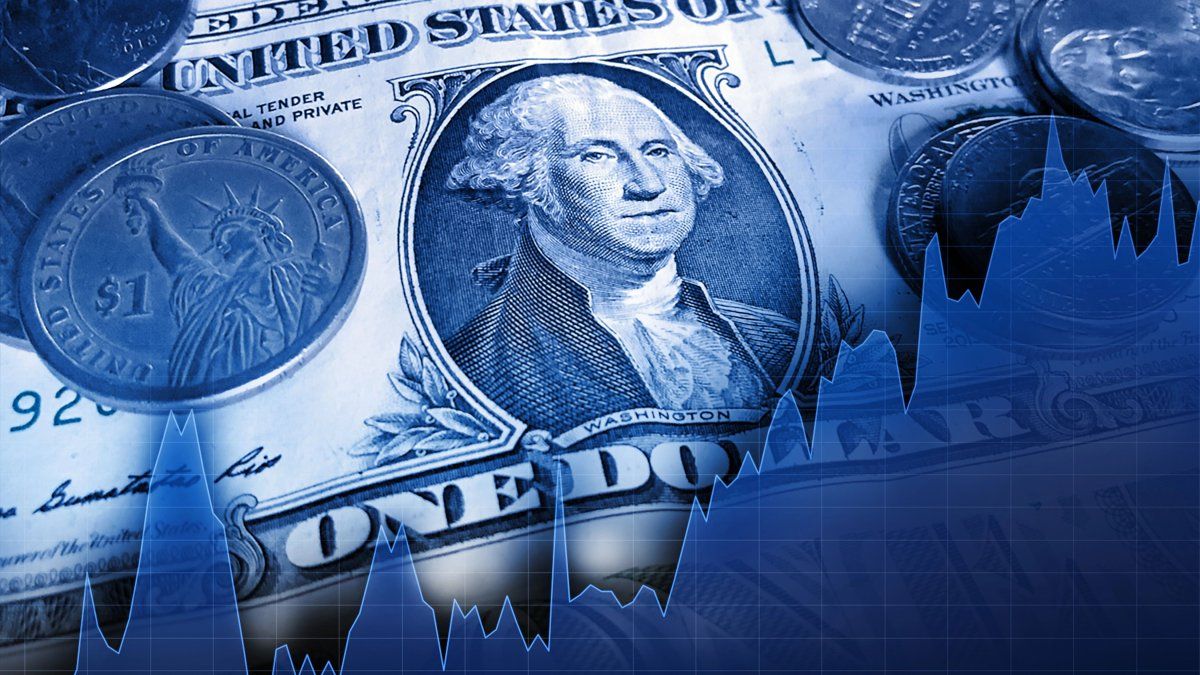The increase in tensions in Ukraine, after Russia has recognized the independence of the separatist republics of Donetsk and Lugansk, and has sent troops to the area, plunges stock markets on Tuesday. In the first bars of the day, the IBEX 35, the main Spanish selective, manages to soften the initial falls that exceeded 2%. However, that 1.58% is left, up to 8,366.40 points. The accumulated losses in the year reach 3.99%. In this way, the IBEX managed to hit lows for the year. For its part, the EuroStoxx 50 collapsed 1.5%.
russian bag
Yesterday, the Moscow Stock Exchange suffered its worst crash in almost 14 years this Monday, sinking more than 13%, while the ruble lost more than 2% and exceeded 79 units per dollar, in the face of the greatest fear in the West for Russia to invade Ukraine. For today, the MOEX and RTS indices of the Moscow Stock Exchange fell 8.2 and 9.4% at the beginning of the day on Tuesday, driven down by Russia’s recognition of the self-proclaimed separatist republics. from Donets and Lugansk of eastern Ukraine. Since the beginning of the year, when the tension was already on the rise, the RTS has fallen 30%. The stock crash returned the Moscow Stock Exchange to the levels it had in November 2020.
The ruble, the Russian national currency, also suffered the impact of geopolitical tensions and this morning it was trading above 80 units per dollar, its lowest value since 2016.
The Central Bank of Russia (BCR) assured today that it monitors the evolution of the financial market and is prepared to take “all measures” to maintain financial stability in the country, after the impact on the stock market of the recognition of the pro-Russian separatists and the sending Russian troops to Donbas. “The Bank of Russia monitors the development of the situation on the financial market and is ready to take all necessary measures to maintain financial stability,” it said in a statement.
asian bags
Hong Kong’s stock fell more than 3% and Tokyo’s more than 2%, while Shanghai, Sydney, Seoul, Taipei and Bangkok lost more than 1%. Losses were also recorded in Singapore, Manila, Jakarta and Wellington. “It’s a fluid situation because of the changing geopolitical issues we have,” said Chris Weston of Pepperstone Financial Pty.
Raw Materials
Oil hit its highest price since 2014 on Tuesday amid concerns about supplies. This situation raised the price of a barrel to US$100. “The potential for a rally above $100 a barrel has received a huge boost,” said Tamas Varga of oil brokerage PVM. “Those who have bet on such a move anticipated the escalation of the conflict.”
Brent crude rose $3.38, or 3.5%, to $98.77, after hitting $99.50, its highest level since September 2014. West Texas Intermediate crude ( WTI) from the United States was up $4.40, or 4.8%, to $95.47 from Friday’s close, after touching $96, also a high not seen since 2014.
As for gold, prices fell on Tuesday from their highest level since June, but escalating tensions in Eastern Europe could maintain momentum due to strong demand for haven assets. Spot gold was down 0.5% at $1,895.76 an ounce, after spiking earlier in the session to a high not seen since June 1 at $1,913.89 an ounce. US gold futures were up 0.1% at $1,901.70 an ounce.
“There was a lot of doom and gloom ahead of the European open. Equity markets opened significantly lower and while we are still in the red on the day, a lot of those losses have narrowed,” said Michael Hewson, market analyst at CMC Markets UK. .
However, “geopolitical concerns could lead central banks to slow down the pace of their monetary tightening cycle, and that in itself is likely to be positive for gold,” Hewson said. While bullion is seen as a hedge against inflation and geopolitical risks, increases in interest rates tend to raise the opportunity cost of holding gold as an investment.
In metals, nickel prices climbed to their highest level in more than a decade as low inventories, demand from electric vehicle battery makers and supply concerns from Russia fueled purchases.
Benchmark nickel on the London Metal Exchange (LME) was up 0.8% at $24,335 a tonne, having previously hit $24,610 a tonne, the highest level since August 2011.
“There will be a risk premium for nickel given the potential for disruptions from Russia and inventories are low,” said Wenyu Yao, an analyst at ING. “Strong electric vehicle sales in China continue to drive shortages of nickel,” needed to make nickel sulfate. The possibility that Western powers will issue heavy sanctions on Russia if it invades Ukraine has raised alarm over supplies from the country, which accounted for around 10% of global mining output last year.
What is expected for Wall Street
The United States holiday for the commemoration of Presidents Day raises more alarm about how the opening reaction will be today. Nasdaq futures lead declines of up to 1% in the hands of those of the Dow Jones and S&P 500 that lose up to 0.5%. Sanctions against Russia are expected today due to the escalation of the conflict that will affect the North American indices and may exacerbate the falls.
Source: Ambito
David William is a talented author who has made a name for himself in the world of writing. He is a professional author who writes on a wide range of topics, from general interest to opinion news. David is currently working as a writer at 24 hours worlds where he brings his unique perspective and in-depth research to his articles, making them both informative and engaging.




